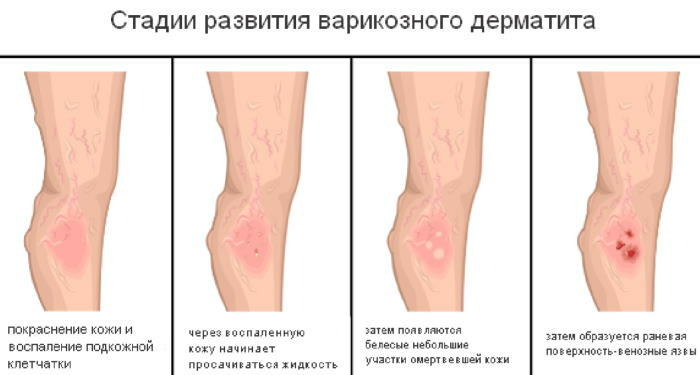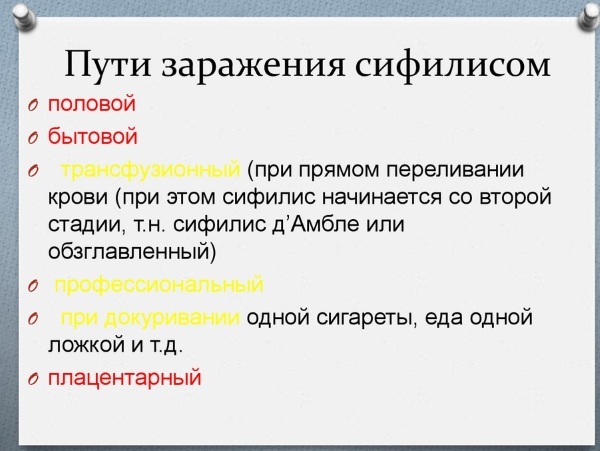Infections caused by anaerobic bacteria, are developing rapidly, can affect the vital tissues and organs, therefore their treatment must be started immediately after diagnosis to avoid complications or death outcome.

What it is?
Anaerobic infections - pathology, agents which are bacteria that can grow and multiply in the absence of oxygen or a low voltage. Their toxins have high penetrating power and are considered extremely aggressive.
This group of infectious diseases are severe pathologies characterized by lesions of the vital organs, and high mortality. Patients are usually dominated by manifestations of intoxication syndrome on local clinical signs. This pathology is characterized by a primary lesion of the connective tissue and muscle fibers.
Causes of anaerobic infections
Anaerobic bacteria are referred to as opportunistic and are part of the normal microflora of the mucous membranes of the digestive and urogenital systems and the skin. Under the conditions that provoke their uncontrolled breeding, developing endogenous anaerobic infection. Anaerobic bacteria that live in decaying organic debris and soil, when released into the open wounds caused exogenous anaerobic infection.
The development of anaerobic infections contribute to tissue damage, creating the possibility of the penetration of the pathogen organism, the state of immunodeficiency, massive bleeding, necrotic processes, ischemia, some chronic disease. The potential danger of invasive manipulation (extractions, biopsy and under.), Surgical interventions. Anaerobic infections may develop as a result of contamination of wounds by land or contact with the wound of other foreign bodies, on the background traumatic and hypovolemic shock, irrational antibiotic therapy, which suppresses the development of normal microflora.
With respect to oxygen, anaerobic bacteria are divided into elective, and microaerophilic obligate. Facultative anaerobes can develop both in normal conditions and in the absence of oxygen. This group includes staphylococci, E. coli, Streptococcus, Shigella, and several others. Microaerophilic bacteria are intermediate between aerobic and anaerobic, oxygen for their metabolic needs, but in small quantities.
Among obligate anaerobes clostridial and non-clostridial distinguish microorganisms. Clostridial infections are exogenous (external). It botulism, gas gangrene, tetanus, food poisoning. Representatives nonclostridial anaerobe pathogens are endogenous inflammatory processes, such as peritonitis, abscess, sepsis, cellulitis, etc.

symptoms
The incubation period lasts about three days. Anaerobic infection starts suddenly. In patients with predominant symptoms of intoxication on the local inflammation. Their state of health was rapidly deteriorating until local symptoms, wounds become black.
Patients with fever and chills, they have a pronounced weakness, and weakness, indigestion, lethargy, drowsiness, lethargy, falling blood pressure, heartbeat quickens, turning blue nasolabial triangle. Gradually gives way to confusion excitement, restlessness, confusion. They increase in breathing and heart rate.
The state of the gastrointestinal tract is also changed: the language in patients with dry, lined, they are thirsty and dry mouth. Facial skin is pale, acquires an earthy hue, eyes sink. A so-called "Hippocratic mask» - «fades Hippocratica». Patients are inhibited or greatly excited, apathetic, depressed. They cease to be guided in space and their own feelings.
Local disease symptoms:
- Extremity tissue edema progresses rapidly and shows a feeling of fullness and bloating limbs.
- Strong, unbearable, increasing pain Expander nature, do not remove the analgesics.
- lower limbs distal become inactive and practically insensitive.
- Necrotic inflammation develops rapidly, and even malignant. If untreated, the soft tissues are rapidly destroyed, making the unfavorable prognosis pathology.
- Gas in the affected tissues can be detected by palpation, percussion and other diagnostic methods. Emphysema, crepitus soft tissue thympanitis, easy to crack, box sound - signs of gas gangrene.
During anaerobic infections may be fulminant (within 1 day after operation or injury), acute (within 3-4 days), subacute (more than 4 days). Anaerobic infection is often accompanied by the development of multiple organ failure (kidney, liver, cardio-pulmonary), infectious-toxic shock, severe sepsis, which cause lethal outcome.
Diagnosis of anaerobic infections
Before treatment it is important to define exactly the anaerobic or aerobic microorganism caused the infection, and it is not enough only to external evaluation of symptoms. Methods for the determination of the infectious agent can be different:
- Immunoassay blood test (speed and efficiency of this method is high, as the price);
- X-rays (this method is most effective in the diagnosis of bone and joint infections);
- Bacterial inoculation pleural fluid, exudate, blood or purulent secretions;
- Gram stain smears;
- PCR.

Treatment of anaerobic infections
In anaerobic infections comprehensive approach to treatment involves a radical surgical treatment of purulent focus, intensive detoxification and antibiotic therapy. Surgical phase should be implemented as soon as possible - this depends on the patient's life.
As a rule, it is a wide dissection of the lesion with removal of necrotic tissue, decompression of the surrounding tissues, an open drainage with washing solution cavities and wounds antiseptics. Properties flow anaerobic infections often require repeated necrectomy, purulent disclosure pockets sonication wounds and laser ozonoterapii and t. D. or disarticulation limb amputation may be indicated in extensive tissue destruction.
The most important components of the treatment of anaerobic infections are intensive fluid therapy and antibiotics broad-spectrum drugs, vysokotropnymi to anaerobes. As part of complex treatment of anaerobic infections find application hyperbaric oxygenation, UBI, extracorporeal hemocorrection (hemosorption, plasmapheresis et al.). If necessary, the patient entered antitoxic protivogangrenoznaya serum.
Forecast
Exodus anaerobic infections depends on the clinical form of the pathological process, premorbid background, timely diagnosis and initiation of treatment. Mortality in some forms of anaerobic infections exceeds 20%.



